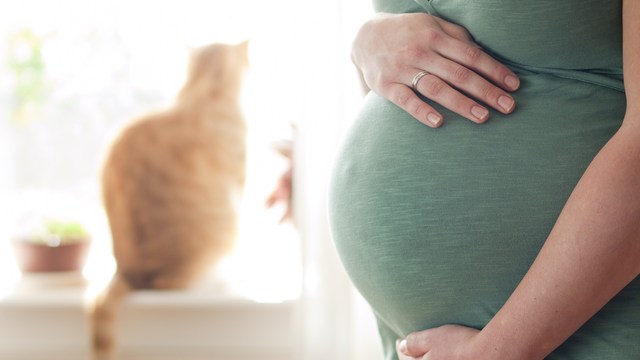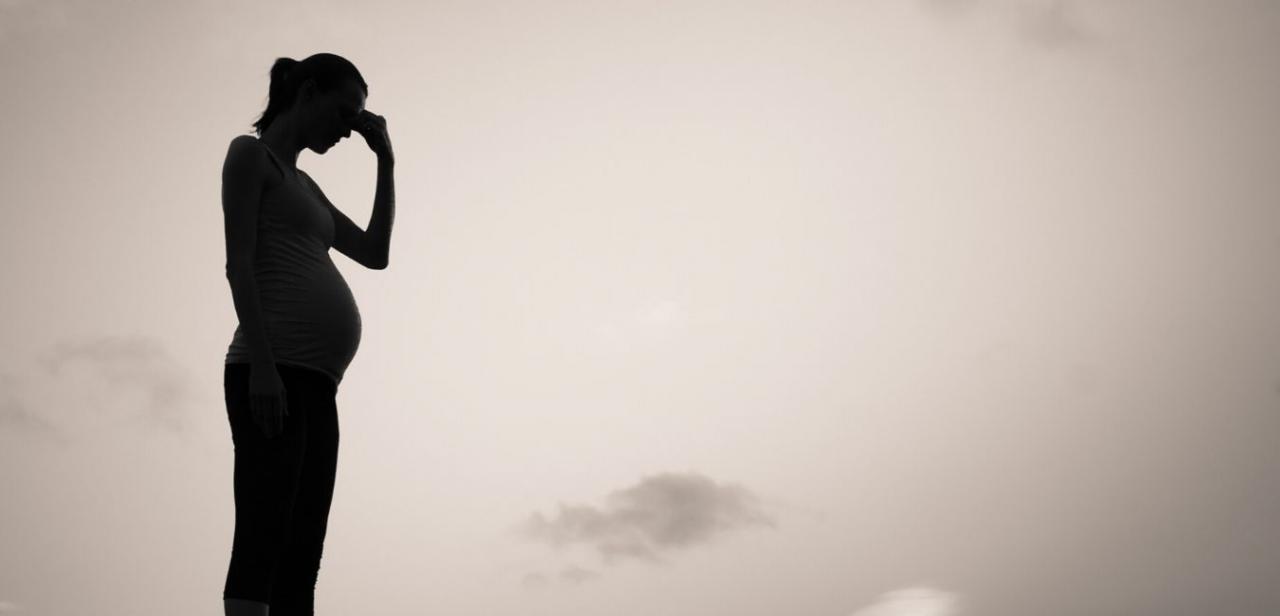Margaret Hamilton never wanted a Cesarean section, for either of her children’s births. With her first child, it was a matter of weight. Doctors told her that because she was carrying a 10-pound baby, they would either have to break the baby’s shoulder to get him out vaginally or perform a C-section. To protect her son, she chose the latter.
With the second child, it was a matter of timing. Days of walking, relaxing and waiting could not coax her stalled out cervix into dilating. In the end, both babies entered this world through a swift slice in their mother’s belly, despite Hamilton’s wishes to stick to nature’s plan.
“It was really upsetting,” says Hamilton, 27, of Brooklyn, N.Y.. “It felt like everyone had failed me, especially the doctor who I had trusted the whole time.”
Every year in the U.S., 1.3 million women undergo Cesarean sections. Hamilton is one of them. She is also one of the 40-percent of these women whose sections are repeat procedures. The problem with this number is that it is rising, quickly. In 1997, C-sections constituted only one in five U.S. births. Now, that number is up to one in three. In other developed nations, like the United Kingdom, the current rate is only one in five.
C-sections are not entirely harmless procedures. For the baby, the major risk is severe breathing problems due to immaturity of the lungs. For the mother, risks include complications of anesthesia; infection of the uterus, urinary tract and wound site; blood clots; adhesions between the uterus and other surrounding organs; and an increased risk in future pregnancies of bleeding, abnormal placental and fetal positions, and tearing of the uterus along the scar line. With all of this in mind, it is unclear why so many more women are going under the knife.
Experts propose several reasons as to why this phenomonon is occuring, but two ideas seem the most likely. Either more women need or are requesting the procedure, or more doctors are recommending it.
If it is the first reason, it could be that more and more healthy women are simply asking for them. Made trendy by the Angelina’s, Britney’s and J-Lo’s of the world, C-sections were recently labled a procedure for the “too posh to push” in a recent Los Angeles Times article. Of course, it could also be that the number of women who actually need them for true medical reasons is increasing. With more, older women giving birth and more women giving birth to multiple babies at a time (exhibit A: the Octomom), the rise in C-sections could just be the natural evolution of things.
Dr. Carol Sakala, director of the maternity care advocacy group, Childbirth Connection, in New York City says neither of these reasons are true. “My best hypothesis is that this has been a professional response to the tightening of reimbursements. By intensifying their practice with more inductions and cesareans… obstetricians have been able to maintain high incomes during this time.” This plays into the second possible explanation.
...
(See "The Rise of Repeat C-Sections: PART 2")





Add a CommentComments
There are no comments yet. Be the first one and get the conversation started!